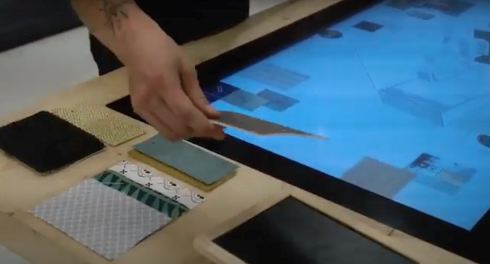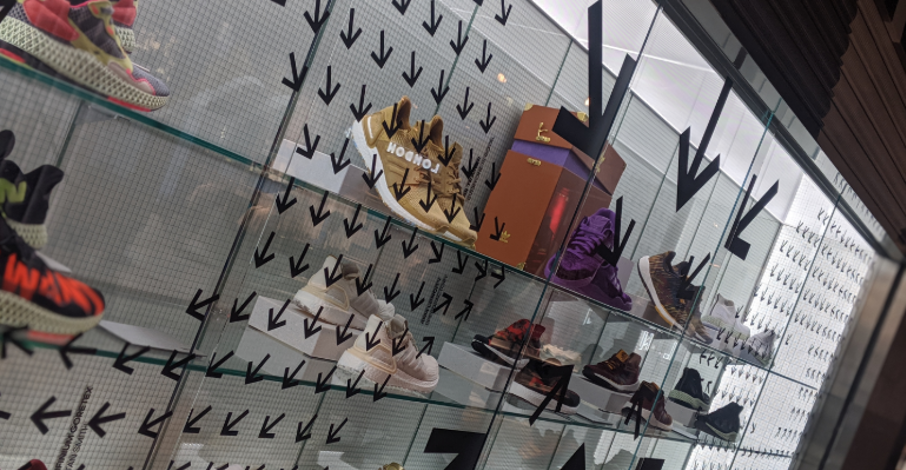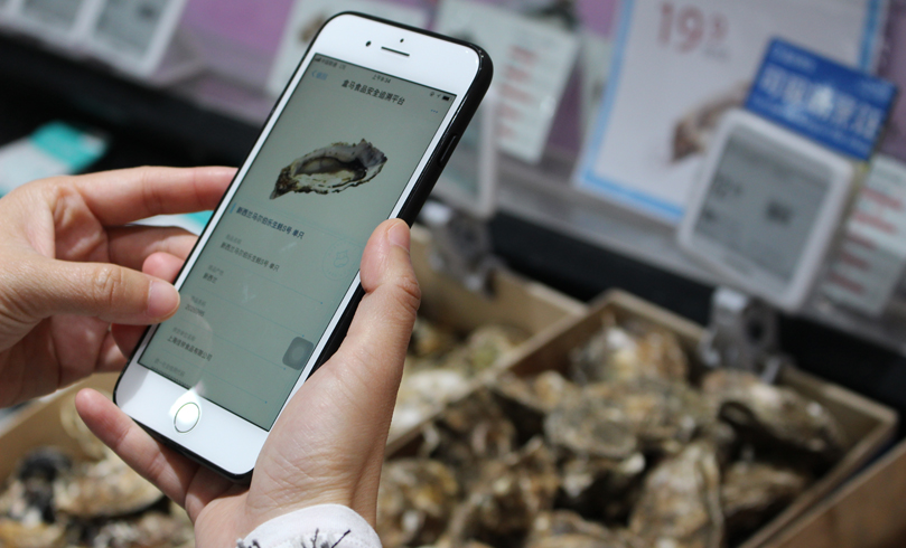Creative communications have long shouldered much of the responsibility of brand building. Few would argue however that, given a customer journey’s potential impact on brand engagement and memorability, ‘experience’ has now begun to take a chunk of the limelight.
Great examples of branded ‘experiences’ come in all shapes sizes, but one area that often seems under exploited are those experiences related to omnichannel. Omnichannel has a kind of tacit association with efficient UX flows and cross channel consistency. These associations and their importance are not in dispute - but in 2020 these are table stakes. If omnichannel experience really is an inheritor of at least some brand building responsibilities, is hygienic seamlessness really enough? Shouldn’t we be exploiting omnichannel to make more cool stand-out shit?
The Untapped Opportunity in Omnichannel.
To find such omnichannel opportunities requires broadening one’s perspective to include, not just seamless UX and data utilisation, but also brand building. Fortunately there’s a mountain of brand literature ready to help inform such a perspective.
In his well known book, ‘How Brands Grow’, Byron Sharp argues the key to building a brand is through, ‘.... creating attractive and memorable experiences; which make it easy to engage, memorise, and recall’. Almost by definition we can see that a hygienic omnichannel experience won’t be up to this task of building anything memorable. Instead, Sharp posits the concept of brand ‘distinctiveness’ as the way to grow a brand. Admittedly, Sharp was not speaking about omnichannel, but we can no less appropriate the concept for our own context.
How do you do Distinctive in omnichannel
While differentiation is about a brand explaining it’s unique benefits or reasons why it’s not like the competition, distinctiveness is a brand standing out by ‘looking like itself’. Put another way, it’s not about explaining your differences, but actually doing things your own way.
Applying this idea to omnichannel, distinctiveness means helping customers change between channels in a way unique to your brand. In our experience, this kind of omnichannel distinctiveness comes in two flavours: semiotics and microservices.
Distinctive Semiotics
Compared to microservices, semiotics are the low hanging fruit. They are the visual cues that tie one channel to the next and form a red line through a given journey.
Think of Mailchimp's little monkey that is visible all over their ecosystem. Or the little GIF's that Tikkie uses to make payments feel personal.
Another great example, not limited to digital screens, comes from the largest supermarket in the Netherlands, Albert Heijn. With the introduction of self-checkouts, the designer made the decision to highlight the continuity between the digital screen and the printing of the physical receipt. Although now familiar to many customers, it still adds a sense of haptic satisfaction and reward just as their experience is coming to a close.

Albert Heijn Receipt micro interaction - When was the last time printing a receipt stuck in your head?
Distinctive Microservices
To go one step further with omnichannel distinctiveness is to create microservices. These can be thought of as solutions to a customer's omnichannel needs.
For example, when working with Karwei, a Dutch home decor retailer, we needed to address the challenge customers faced when trying to visualise their design ideas during renovation. A basic approach could have been creating a digital moodboard. The team however decided that there was an opportunity to push the boundary a little further. They created The Style Studio - an instore tool linked to their online account which enables customers to digitally design their rooms using physical swatches of materials that they could touch and feel as they built.


To illustrate the pattern further, other examples of microservices can be seen at London's Adidas Hype Wall, providing a space for sneakerheads to meet, explore and bid on unique sneakers, or Alibaba’s HeMa supermarkets with their QR codes that let customers learn more about the origins of fresh food via their mobile. Each of these examples is working to create an omnichannel experience that doesn’t settle for basic seamlessness or consistency. They’re aiming to stand out.


So Try Distinctive
Just like traditional brand building, omnichannel distinctiveness can’t rest on best practices. It must rest on creativity - whether that be a focus on design craft, as in the case of semiotics, or innovation, as in the case of microservices.
So where can brands get started? For us, Kraftwerk linked by Isobar, it often starts with an opportunity workshop conducted together with our client. This co-creation session is about getting a feel for the customer’s needs, matching them to what the brand has to offer, and mapping out potential opportunities.
Ultimately however, it’s about reigniting the opportunities that omnichannel has to offer and breaking away from the humdrum of hygiene. It’s about building a brand by creating something distinct.

